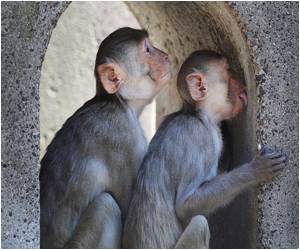US researchers created the initial primate chimeric offspring by fusing six embryos into one, thus leading towards human cloning.

The research, which took place at OHSU's Oregon National Primate Research Center, has also resulted in the first successful birth of chimeric monkeys - monkeys developed from stem cells taken from two separate embryos.
The research was conducted to gain a better understanding of the differences between natural stem cells residing in early embryos and their cultured counterparts called embryonic stem cells.
This study also determined that stem cell functions and abilities are different between primates and rodents.
The research demonstrated that for reasons yet unknown, chimeric animals can only develop from totipotent cells (cells from the early embryo that have the ability to divide and produce all of the differentiated cells in the placenta and the body of organism) in a higher animal model: the rhesus macaque.
OHSU showed this to be the case by successfully producing the world's first primate chimeric offspring, three baby rhesus macaques named Roku, Hex and Chimero.This is an important development - not because anyone would develop human chimeras - but because it points out a key distinction between species and between different kind of stem cells that will impact our understanding of stem cells and their future potential in regenerative medicine," said Shoukhrat Mitalipov, Ph.D., an associate scientist in the Division of Reproductive and Developmental Sciences at ONPRC.
Advertisement
"As we move stem cell therapies from the lab to clinics and from the mouse to humans, we need to understand what these cells do and what they can't do and also how cell function can differ in species," Mitalipov added.
Source-ANI









